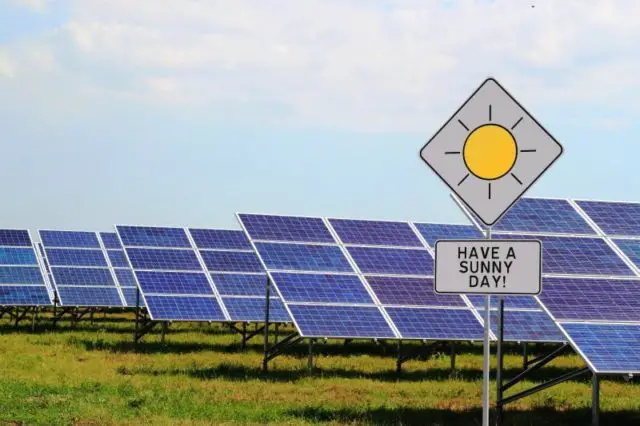Once again, Costa Rica consolidates itself as a leading territory, compared to other countries of the region, with regard to the generation of cleaner sources of energy. The constant search for alternative ways of energy generation has led the country to become a world’s model in terms of eco-energy, by reducing significantly the levels of fossil hydrocarbons as the main source for fuel and electricity generation.

A few days ago, the cooperative company “Coopeguanacaste” inaugurated the largest solar park in Costa Rica. Comprising an area of more than 4.9 hectares, with 15,456 photovoltaic panels which will generate around 9 Giga-Watts (GW) of clean energy per year, the “Juanilama Solar Park”, as this complex is called, will benefit more than 2 thousand homes and industries in Guanacaste, with solar energy collected by a huge number of panels.
But, historically speaking; how much electricity can be approached out of the sun’s energy? Back in the 1950s, the first solar cells were capable of taking 6% of the energy from the sun and converting it into electricity. In 2012, solar cells could convert 15% of the energy hitting them from the sun into power. As of 2017, solar cell efficiency is closer to 20%.
On the other hand, it is important to know that the amount of electricity solar panels can generate depends on average sunlight over the course of a year. In other words, if it is cloudier in your area, there is less available energy from the sun to convert into electricity. The first step to figuring out how much electricity a solar panel can generate in a year is simply to locate its position on the globe through any GPS device.

In green terms, this park will achieve a reduction of about 1,500 tons of Carbon Dioxide (CO2) per year, which is equivalent to planting 5,350 trees. In this sense, Miguel Gómez Corea, the company’s General Manager, affirmed that thousands of homes and industries will benefit from this reduction and, at the same time, will create many jobs for most inhabitants from neighboring areas.
Additionally, the regular operations of the park will demand the permanent capacitation of people with a technical knowledge to assume the management duties that it implies. Therefore, this fact will also promote the creation of training centers with qualified personnel committed to re-educate general population towards a more conscious and efficient consumption of the renewable resource provided by solar energy.
To finish, and just as we mentioned at the beginning, Costa Rica consolidates itself as a leading green country with regard to electricity generated from solar energy. The ultimate objective? Well, not using the traditional fossil hydrocarbons sources any longer.
